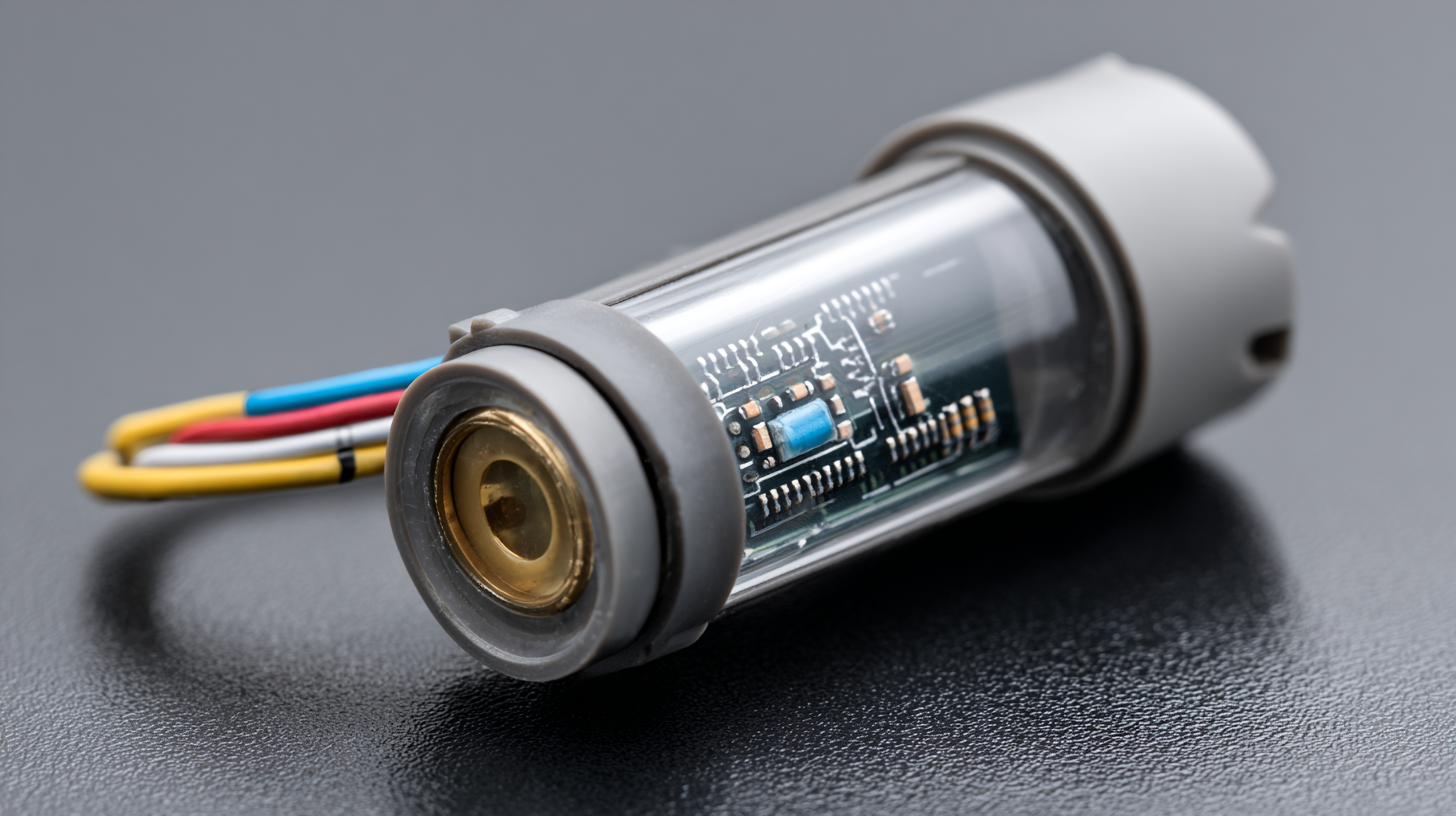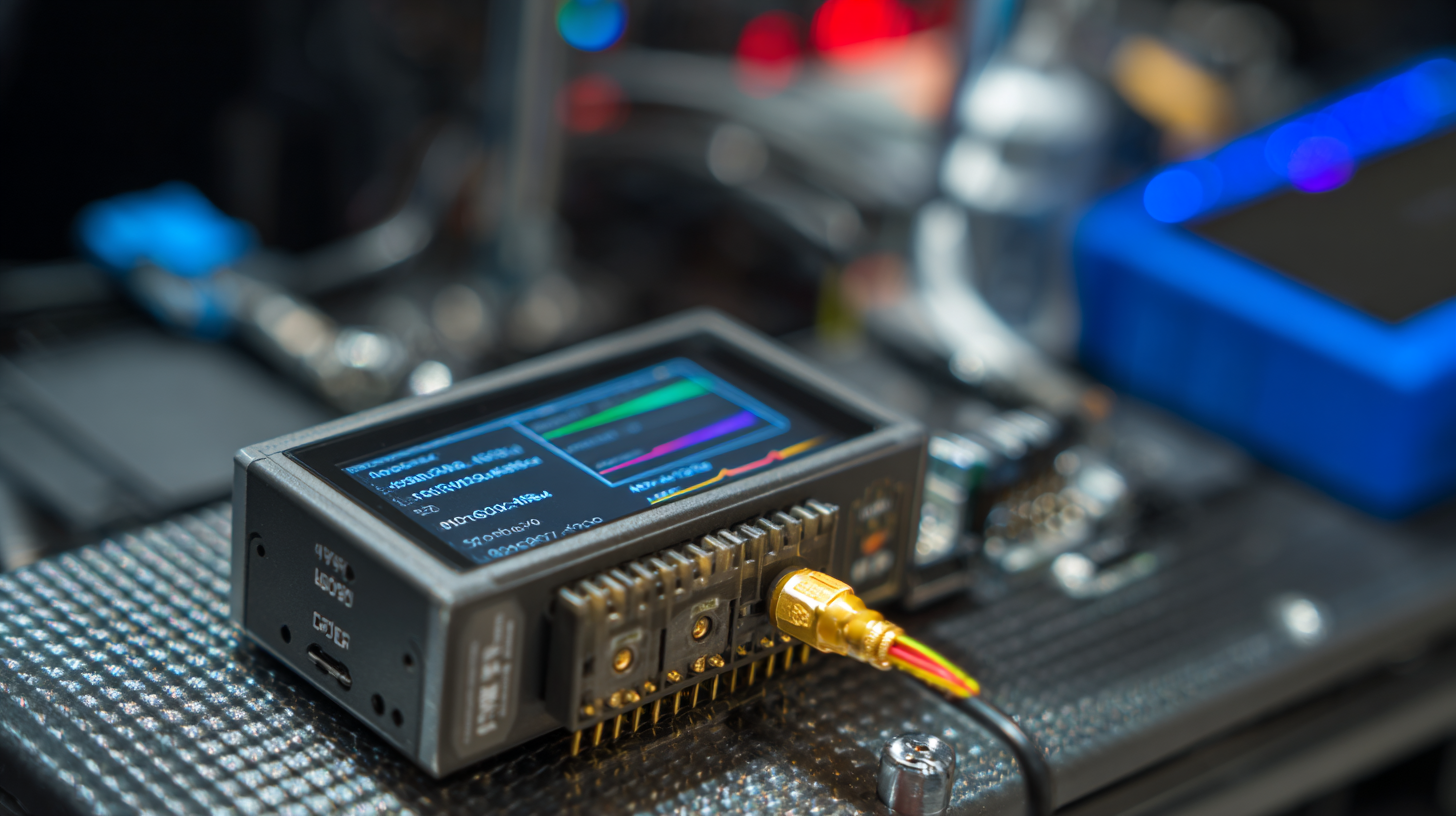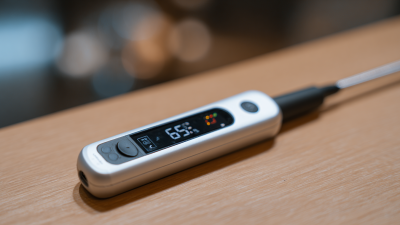Understanding Temp Sensors: How They Revolutionize Modern Climate Control Systems
In the evolving landscape of climate control systems, temp sensors have emerged as pivotal components that enhance efficiency and precision. According to a report by MarketsandMarkets, the global temperature sensor market is projected to reach $4.06 billion by 2025, growing at a CAGR of 5.6% from 2020 to 2025. This surge is driven by the heightened demand for smart building technologies and energy-efficient solutions. Temp sensors enable real-time monitoring and data collection, allowing for adaptive control of HVAC systems, which can lead to significant energy savings—up to 30%—as highlighted by the American Council for an Energy-Efficient Economy. As we delve deeper into understanding temp sensors and their applications, it becomes clear that they are not just tools but essential drivers of innovation in modern climate management, fundamentally transforming how we approach temperature regulation in various environments.

The Role of Temperature Sensors in Smart Climate Control Systems
Temperature sensors play a crucial role in the functionality and efficiency of smart climate control systems. These sensors continuously monitor environmental conditions and provide real-time data to the system, allowing for precise temperature regulation. By integrating advanced technology, such as IoT capabilities, these sensors enable systems to adjust heating, cooling, and ventilation automatically, ensuring optimal comfort while minimizing energy consumption.

In smart homes and buildings, the application of temperature sensors helps create responsive environments. For instance, when the sensors detect fluctuations in temperature, they communicate with HVAC systems to trigger immediate adjustments. This responsiveness not only enhances user comfort but also contributes to energy savings by preventing overheating or excessive cooling. Additionally, the integration of machine learning algorithms allows these sensors to learn user preferences, further refining their responsiveness and optimizing climate control performance over time.
Types of Temperature Sensors and Their Applications in Modern HVAC
Temperature sensors play a pivotal role in modern HVAC (Heating, Ventilation, and Air Conditioning) systems, significantly enhancing their efficiency and effectiveness. There are several types of temperature sensors utilized in these systems, each with its unique applications.
Thermocouples, for instance, are widely used for their quick response times and broad temperature range, making them ideal for industrial HVAC applications. Conversely,
thermistors offer high accuracy and sensitivity, making them suitable for residential climate control, ensuring comfortable living environments.
Another prominent type of temperature sensor is resistance temperature detectors (RTDs), known for their stability and precision over a wide temperature range. RTDs are particularly beneficial in applications where maintaining consistent temperatures is critical, such as in laboratories or food processing facilities. Additionally,
infrared sensors provide non-contact temperature measurements, perfect for areas difficult to access, enhancing preventative maintenance practices in various HVAC systems. Overall, the
diverse applications of these temperature sensors significantly contribute to the revolution and optimization of climate control systems in various sectors.
How Temperature Sensors Enhance Energy Efficiency in Buildings
Temperature sensors play a crucial role in modern climate control systems, significantly enhancing energy efficiency in buildings. As the global IoT energy management market is projected to grow from $70.58 billion in 2023 to $222.56 billion by 2030, with a compound annual growth rate (CAGR) of 17.8%, the adoption of advanced temperature sensing technologies is becoming increasingly vital. These sensors allow for real-time monitoring and adjustments to HVAC systems, ensuring optimal performance and reduced energy consumption.
The integration of Building Information Modeling (BIM), the Internet of Things (IoT), and Artificial Intelligence (AI) is transforming infrastructure design, construction, and operation. In this framework, IoT sensors serve as the core components, collecting critical data on temperature fluctuations and other environmental parameters. This data empowers facilities managers to implement smart building technologies that optimize energy usage, lower costs, and contribute to sustainability efforts. As urbanization drives the demand for advanced infrastructure, the focus on intelligent and energy-efficient solutions becomes paramount in meeting carbon neutrality goals and managing rising energy costs.
The Impact of IoT on Temperature Sensing Technologies and Climate Control
The Internet of Things (IoT) is transforming temperature sensing technologies, significantly enhancing climate control systems across various industries. The rise of smart sensors has allowed real-time data collection and transmission, enabling more precise control over environmental conditions. In 2023, the temperature sensor market surpassed $8.2 billion, with an expected compound annual growth rate of around 4% from 2024 to 2032, fueled by the increasing demand in consumer electronics. This growth can be attributed to the integration of AI-driven insights that improve efficiency and adaptability in climate management.

Tips: When considering the implementation of IoT temperature sensors, it's crucial to evaluate the compatibility with existing infrastructure for seamless integration. Also, prioritize sensors that offer both reliability and data security to ensure consistent performance and protection against potential cyber threats.
Furthermore, with the ongoing challenges posed by climate change, the ability of IoT sensors to monitor and respond to environmental conditions is vital. These technologies play a crucial role in safeguarding infrastructure, particularly in disaster-prone areas. For example, temperature sensors within smart monitoring systems can provide alerts for extreme conditions, ensuring proactive measures are taken to mitigate risks.
Future Trends in Temperature Sensing for Sustainable Climate Management
The growing significance of temperature sensing technology in climate management is underscored by the projected trends in agriculture and water resource sustainability. As global temperatures rise, accurate temperature and moisture sensors are becoming essential in precision irrigation systems, significantly enhancing crop yields and promoting sustainable farming practices. According to recent data projections, the global sensor market is anticipated to surpass US$250 billion by 2035, driven by the increasing demand for innovative climate control solutions.
Furthermore, studies on climate indices related to water resources highlight the urgent need for integrated climate monitoring systems, especially in regions like Iran, where climate change is severely impacting water availability. Utilizing advanced temperature sensors in agricultural settings not only supports efficient water usage but also contributes to climate change mitigation efforts by reducing emissions associated with inefficient farming practices. The incorporation of real-time data from these sensors into ecosystem-based strategies will play a crucial role in addressing the vulnerabilities posed by climate change, particularly in susceptible areas such as the Himalayan region and parts of Africa.
Understanding Temp Sensors: How They Revolutionize Modern Climate Control Systems
This chart illustrates the projected growth in temperature sensor technology adoption over the next five years, highlighting key advancements and trends that contribute to improved climate management efficiency.
Related Posts
-

5 Essential Tips for Choosing the Right Temperature Sensor for Your Business Needs
-

Top Strategies for Enhancing Efficiency with Temperature Monitoring Sensors
-

10 Best High Temperature Sensors for Accurate Measurements in 2023
-

Understanding How Temperature Probe Sensors Revolutionize Home Cooking and Food Safety
-

Challenges Faced by Industries Using Temperature Monitoring Sensors
-

How to Choose the Right Pyranometer Sensor for Your Solar Energy Project







